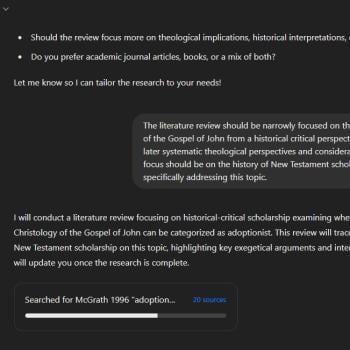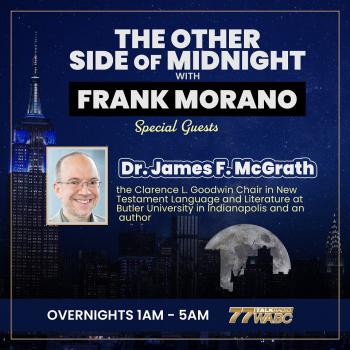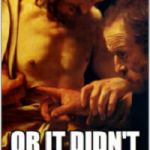The new theme in my Sunday school class is an exploration of “doublets” in the Bible, i.e. stories that are told more than once or events that are depicted in distinct ways by different authors. We began “in the beginning” with Genesis 1 and 2.
The following Sunday we turned our attention to the story that is usually referred to as the “cleansing of the Temple” or sometimes Jesus’ “Temple tantrum.” I explained why I don’t think either designation is helpful, and pointed out the fact that the Gospel of John tells a version of the same event but set near the beginning of the Gospel rather than near the end. I also mentioned this meme:
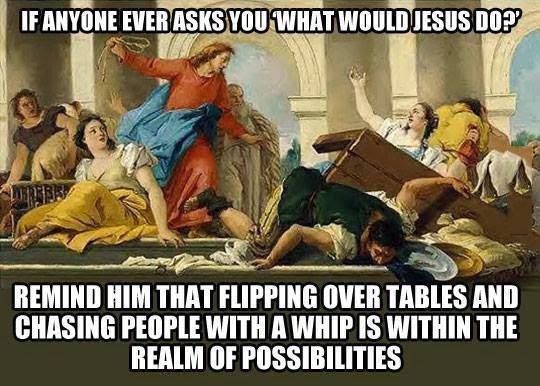
I have written about this story in one of the John, Jesus, and History volumes as well as for Bible Odyssey and here on this blog. I won’t go into those general details here. What I’m interested in is connecting this story with the depictions of Jesus’ “warrior masculinity” in some American Christian circles. I just finished listening to the audiobook version of Kristin Du Mez’s phenomenal book Jesus and John Wayne and so this topic has been on my mind. Jesus the whipper stands alongside Jesus’ statement that has hasn’t come to bring peace but a sword as a prime example appealed to in defense of Jesus having been a hero who would use violence when necessary for a righteous cause.
One reason why I focus on the more popular ways of referring to this occurrence is that the significance of Jesus’ action is less clear than those familiar labels make it seem. Why is it assumed that driving out the animals and coins necessary for sacrifice and payment of the temple tax represented “cleansing” rather than being a prediction of its destruction? Did Jesus and his followers “occupy” the Temple as is sometimes claimed? For them to have done so seems extremely unlikely. I once had a student make this image, which I realize is only truly helpful to those who know the campus of Butler University. It shows the extent of the Temple in Jesus’ time superimposed on the Butler campus. To truly prevent people from taking a shortcut through this area, or do anything else that would even be noticed by everyone, would take an army rather than a small band. (I encourage you to do something similar for a place local to you).
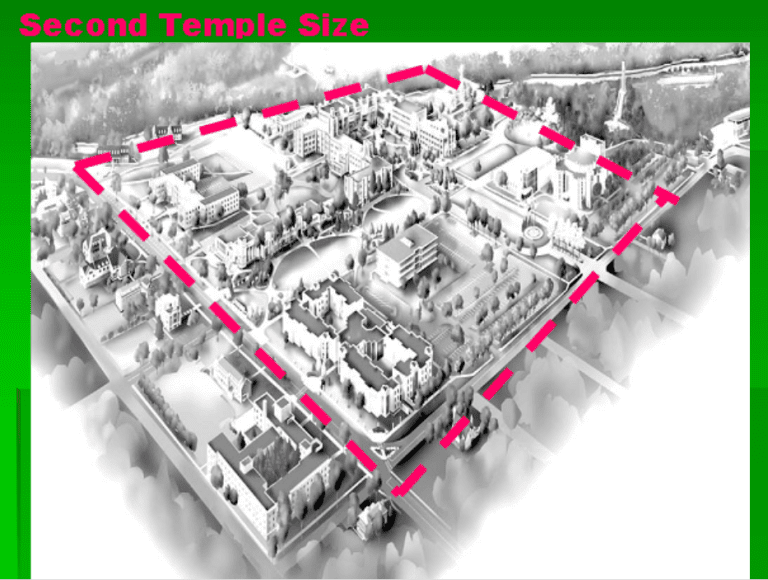
I would thus suggest that Jesus’ action was more localized and symbolic in character. Those in the immediate area would have been aware of the disruption. Many in the Temple that day probably only heard about it later. The use of a whip was likely to startle the animals with the loud sound (even making one’s own voice heard in the hubbub of such a venue would be challenging) and get them to run away, rather than to hurt them. This is a violent act only in the sense that looting is. The action of Jesus caused damage to property and some coins and animals would undoubtedly never have been recovered by their owners.
The Gospel tradition claims that Jesus quoted Isaiah 56:7. Having recently studied and written about the evidence that Jesus’ attitudes towards non-Jews changed over time, I initially thought that that might in turn suggest the inauthenticity of this tradition of the timing of the event according to the Gospel of John, for which I have some sympathies. Yet the Isaiah passage isn’t about Gentile equality or anything along those lines, but envisages the nations coming to Jerusalem to worship, presumably in the process recognizing the superiority of Israel and of Israel’s God, in that future age when these hopes would be fulfilled. Jesus may have viewed the very existence of a Court of Gentiles, even if in a Temple that was not fully pleasing to God, as a pointer to the fulfilment of the prediction of Isaiah 56. He may have gotten that from John the Baptist. The innovation of selling animals for sacrifice and changing money in the outer court of the Temple would have signaled a shift away from the fulfillment of that expectation. In condemning the Temple and predicting its removal, Jesus highlighted the way in which the activities there stood in the way of and ran counter to the future that Isaiah spoke of, and that John and now he proclaimed was at hand.
Given the penchant of those who define “Christian manhood” in terms that praise aggression and militancy, nationalism and exclusivity, it is worth noting that in this very action in the Temple they like to point to, Jesus is engaging in something like rioting, which conservative white Evangelicals are likely to denounce in favor of “law and order,” that he does so in a manner that does not at any point seem to put any human being at risk of harm, and he justifies the action in terms of welcoming foreigners. While more could be said about this text and it is important to nuance its portrayal of Jesus and his actions in a historically contextualized way, it is nonetheless ironic to see this incident used to justify a view of Jesus, of religion, and of nation that stands diametrically opposed to what this action by Jesus embodied.
Of related interest:




